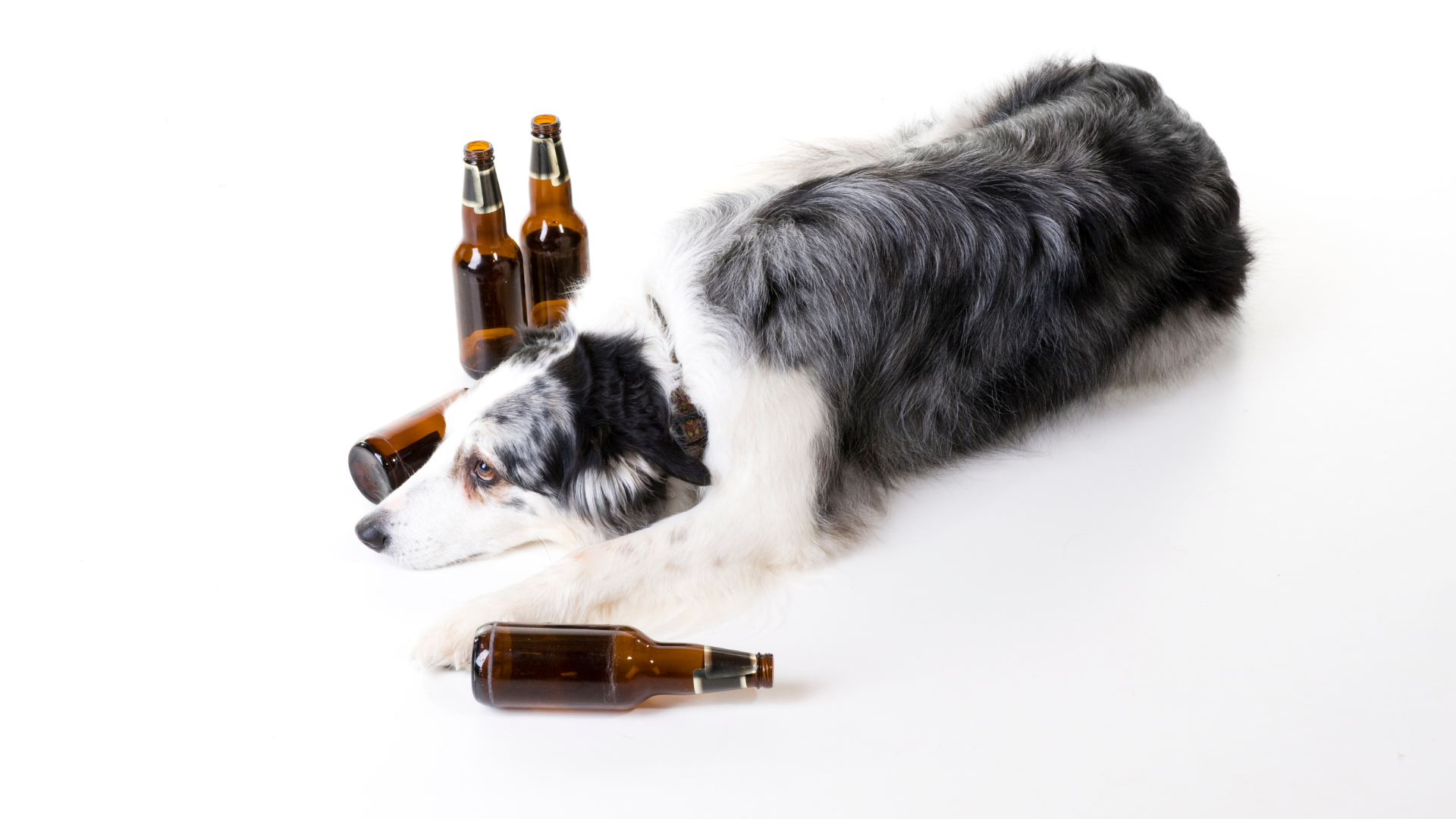Is This a Fact or Assumption-based Investigation?

Assumptions happen for a reason … time and energy are limited resources and assumptions are shortcuts to getting the investigation done faster. Even though some evidence may point to a conclusion, things are not always as they seem. Without examining the “facts,” anything we believe to be true is assumption-based. Following is an example.
The “Tipsy Dog” Incident Investigation, Assumption-based?

There was a story online a few years ago about a “tipsy” dog that smelled like a distillery and had an upset stomach. The owner immediately thought the dog had gotten into some open liquor bottles. Is this fact or assumption-based because the owner saw strange behavior and smelled alcohol? Some say, “Seeing is believing.”
He did collect more information. It turned out that the dog had eaten two pounds of yeast dough which then had fermented inside him. The blood-alcohol level of the dog was .16 due to fermented yeast. Apparent cause almost got this dog put in jail for public drunkenness!
Of course, you know I’m kidding about a dog getting arrested, but this story highlights how you can see and smell something but it still doesn’t make your assumption fact. We must be diligent about collecting evidence.
Do you have more than one piece of evidence to prove the information you collected is factual? Sometimes it takes more than one supporting piece of evidence to see the whole picture. Once our evidence reveals the mistakes that occurred that led to the incident, we can analyze why the mistakes happened by conducting a root cause analysis.

How to Stop Making So Many Assumptions
We are all guilty of making assumptions when things “look” a certain way but investigations need to be as unbiased as possible. Biases are part of the human experience and are based on past experiences and the people around us. We can’t eliminate them, and we often make assumptions from our biases subconsciously.
Since the TapRooT® Root Cause Analysis System is a guided, expert system, it will take you beyond your own experience and knowledge reducing the likelihood that you are basing your investigation on assumptions. Register for a 5-Day TapRooT® Advanced Root Cause Analysis Team Leader Training and learn about how the TapRooT® System can get you past your assumptions and biases, and on to the real root causes.



